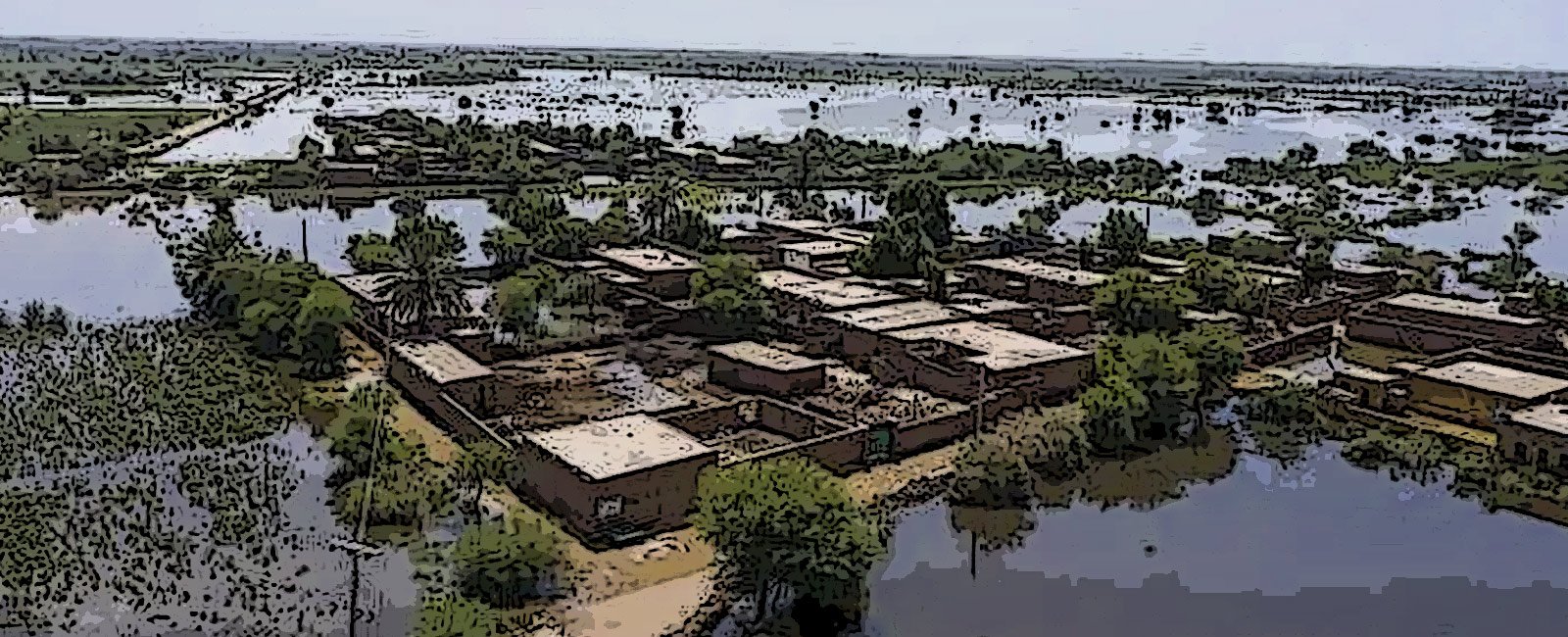Amid elusive reconstruction, flood survivors home in on 'straws' of hope
Experts suggest good governance and management are first steps towards reducing climate-induced migration

More than two years after the devastating floods of 2022 destroyed his two-room mud house, 50-year-old Maso Khan Ahmdani from Sindh's coastal Badin district stands in heartbreaking silence, still waiting for the elusive government assistance that could light up his hope for a life without homelessness.
The 2022 floods displaced millions, ravaging his village and damaging 60 households, including Ahmdani's. Despite the ongoing World Bank-supported government rehabilitation project focused on Sindh, only half of the village's damaged homes have been rebuilt, leaving Ahmdani and many others frustrated.
"Floods are becoming more frequent, and so are their impacts on locals," Ahmdani says. "I've been displaced three times — in 2010, 2019, and 2022. Each time, I've lost my mud house. We need a permanent solution — brick houses. And we need it fast."
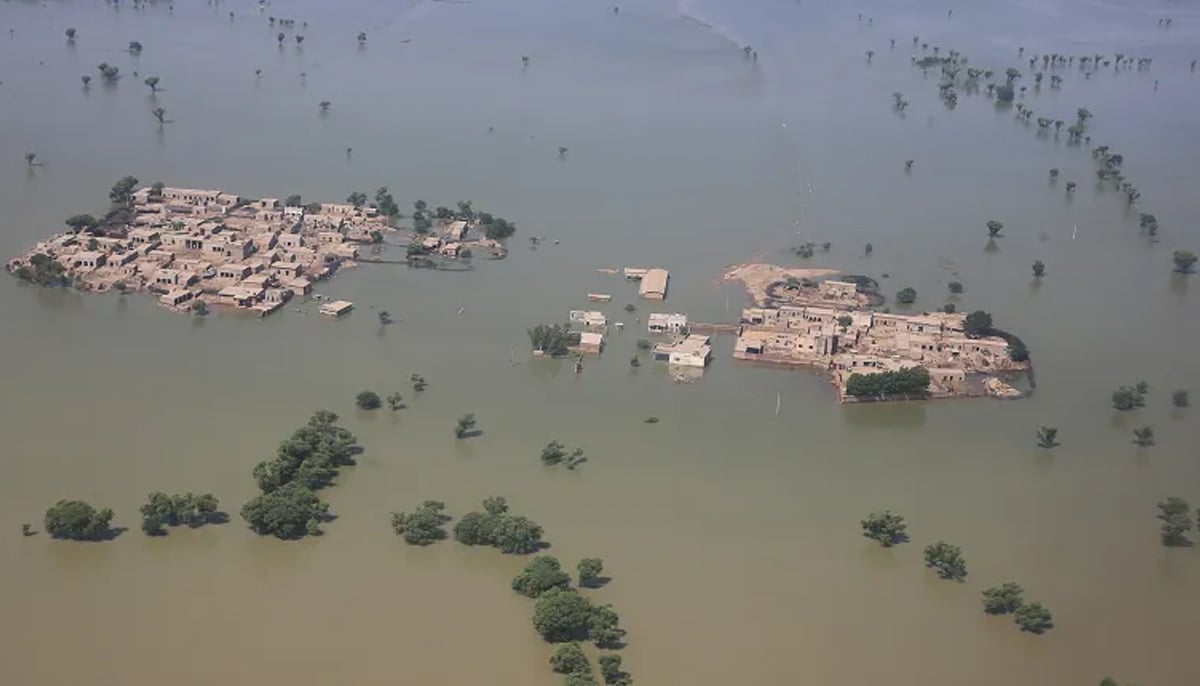
After the 2022 floods, Ahmdani relocated his family, along with the entire village, to a nearby uphill area, seeking shelter in tents for three months. Upon returning, they found his home uninhabitable and have since lived in a makeshift straw-bale house.
Two years on, the government reconstruction project has rebuilt only half of the village houses, leaving many families, including Ahmdani's, still suffering and waiting.
As the head of a seven-member family, including his married son's family, Ahmdani owns five acres of land but can cultivate only one and a half acres due to agricultural water shortages in the area for most of the year, allegedly caused by upstream river diversion. So, according to him, his agricultural income doesn't allow him to save for rebuilding his house repeatedly.
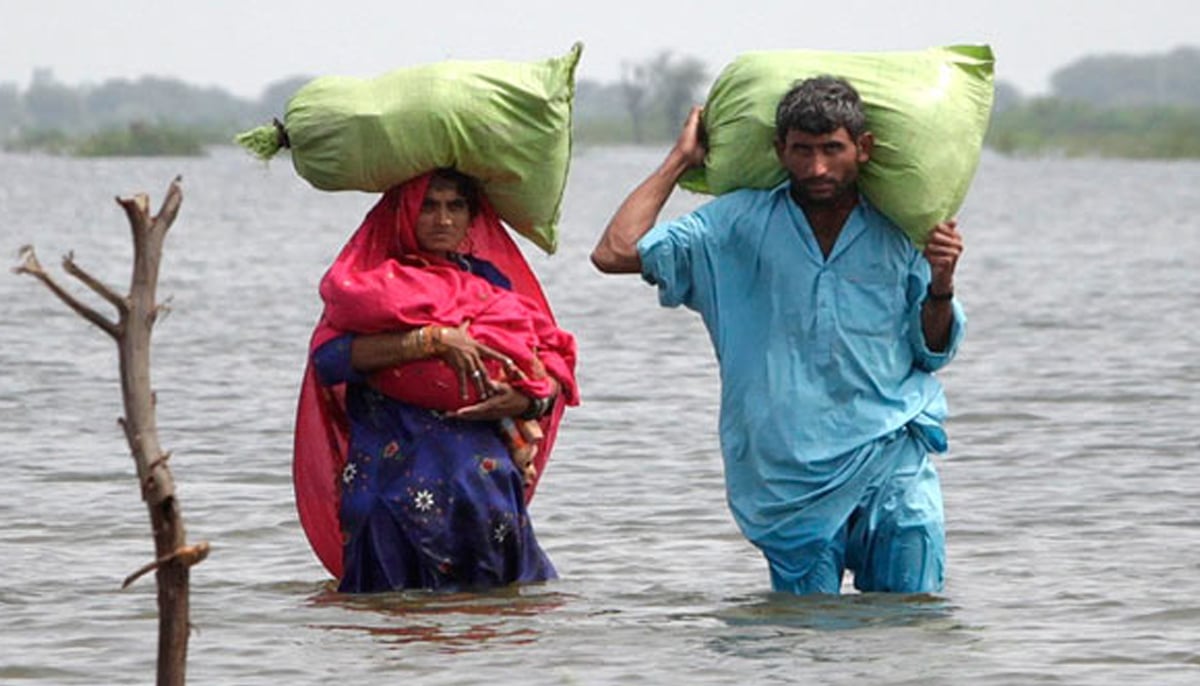
The 2022 floods washed away his cotton crop and stored wheat. "If the government wants to prevent frequent flood migrations, they must build us permanent brick houses quickly," Ahmdani urges. "Floods are becoming more frequent, and weather conditions are forecasted to worsen in the future."
One in seven flood-affected houses rebuilt to date
The 2022 Pakistan floods displaced 8 million people, with two-thirds residing in Sindh. Monsoon rains destroyed 2.9 million homes nationwide, including 2.1 million partially or fully damaged in Sindh, leading to widespread internal migration.
To address this, the Sindh Government, with the support of the World Bank, launched the "Sindh Flood Emergency Housing Reconstruction Project," which is being executed by the Sindh Peoples Housing for Flood Affectees (SPHF) organisation. The total cost of the project is around $2 billion.
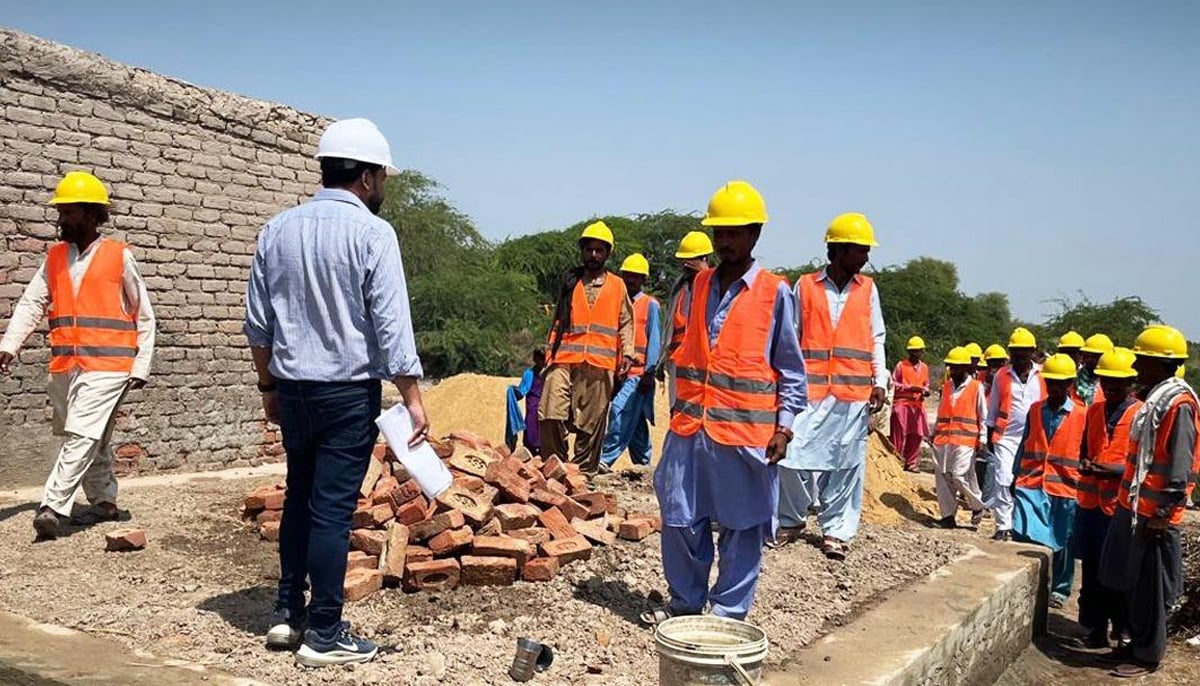
Under this project, construction began in February 2023, aiming to reconstruct 2.1 million houses damaged by the 2022 floods. Each eligible family receives Rs300,000 (around $1,000) in installments to rebuild resilient core one-room housing units.
Authorities claim the rehabilitation project is the world's largest, providing lodging to flood-affected households. "Out of 2.1 million houses, over 300,000 have been completed so far. We will achieve the completion target of 2.1 million houses within the next two years," said Khalid M Shaikh, SPHF head.
Public concerns about the time-taking flood housing reconstruction were addressed by officials, who cited institutional setup, staffing, financing, and international negotiations as key reasons.
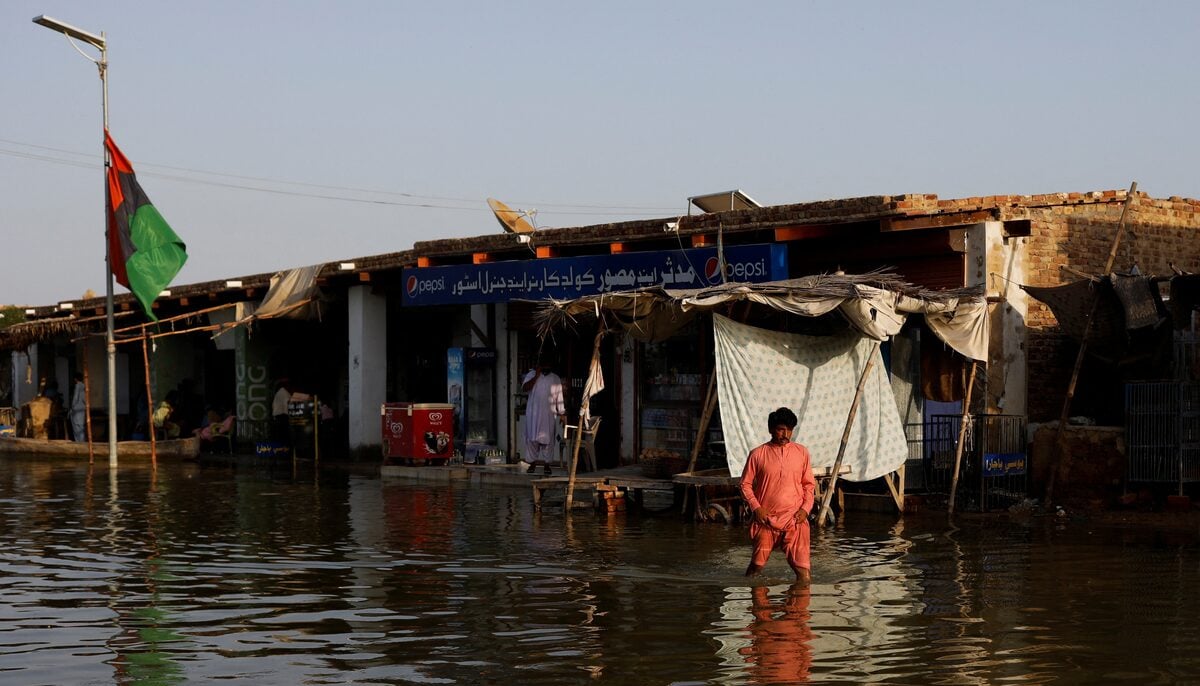
“It takes some time to get things done in the right way. While people are generally concerned about their houses, it is the first time that the government is making their houses. Plus, this project is running at its best speed. It takes some time to complete processes, which include the establishment of an institution, engaging all the stakeholders like staffing, hiring of IPs, acquisition of finances and negotiations with International Financial Services etc,” explained Shaikh.
The SPHF head cited Nepal's 2015 earthquake housing rehabilitation project to illustrate the challenges and time needed for reconstruction efforts, comparable to those following Pakistan's 2022 floods.
"In Nepal, after the (2015) earthquake, only 780,000 houses were constructed in five years while we have been working on this project for the last twenty months, and are approaching 800,000 houses next month [with construction work set to begin]," Shaikh added.
Strengthening community resilience
According to Prof Dr Noman Ahmed, Dean of the Faculty of Architecture and Sciences (ASC) at NED University of Engineering & Technology Karachi, rebuilding houses after the Sindh floods will be a lengthy process due to the massive scale.
Local non-governmental organisations (NGOs) lack the capacity for such a large project. Community-based organisations and union council committees are the major stakeholders that should receive training to prepare for extreme weather events in future that may trigger widespread migration.
“This mega rehabilitation housing project also provided an opportunity to engage existing local governments. There are plenty of works associated with construction where local government representatives could be assigned. For instance, they could identify safe areas for new houses. Most houses were destroyed in the floods because they were built in depression areas,” Dr Noman added.
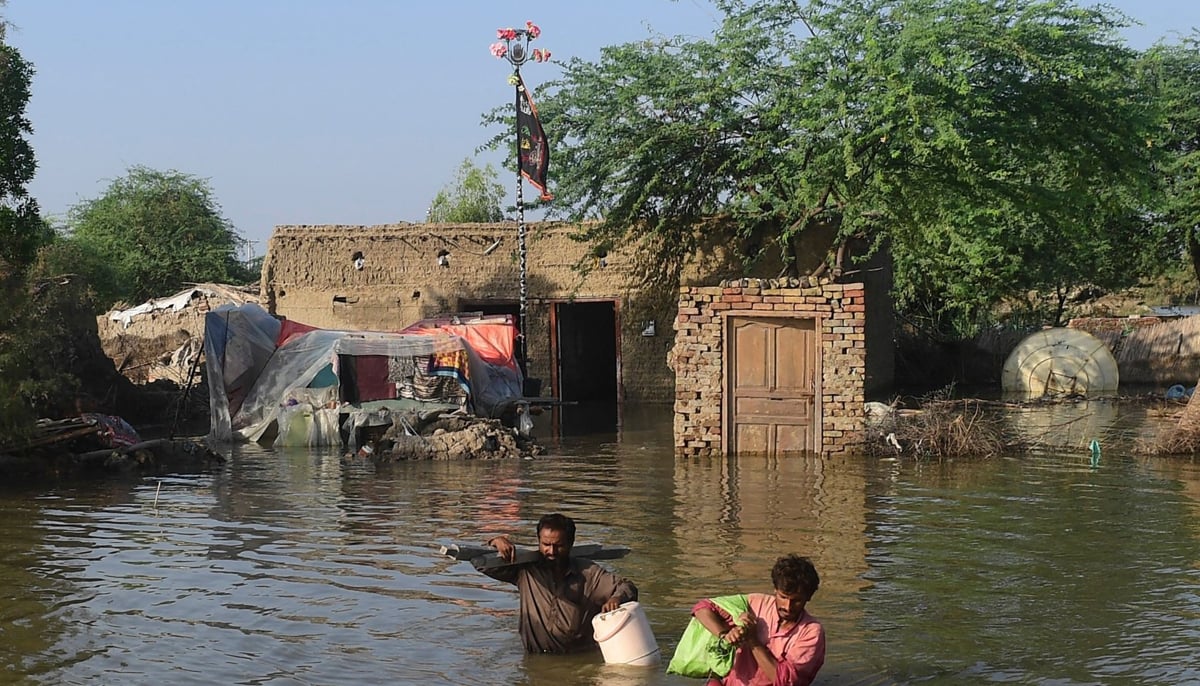
According to the professor, during the recent floods, non-voluntary displacement has been observed in Sindh's major cities, such as Karachi and Hyderabad.
"Due to poor infrastructure, no other large cities in the province can accommodate the bulk of migrants." A major reason migrants are bypassing other cities like Sukkur and Larkana is the precarious law and order situation, he added.
Experts like Ali Tauqeer Sheikh, a member of the Pakistan Climate Change Council (PCCC) believe that developing countries like Pakistan seek climate financing, emphasising shared responsibility, but face hurdles by developed countries due to concerns over inefficiency, urging transparent domestic systems to access crucial support.
“In the Paris Agreement, we signed together with another 150 countries that there will be no issue of compensation for the West's responsibility for having caused climate change since the Industrial Revolution.
"We have all agreed on that and it’s behind us. The question is whether or not the developing countries can be supported by the developed countries to help reduce climate risks and to manage them.
"The argument is from countries like Pakistan that it has to be a shared responsibility West has to look forward to.
"So the point that Pakistan is a victim country may be true but the victim does not mean that there will be justice for it,” he added.
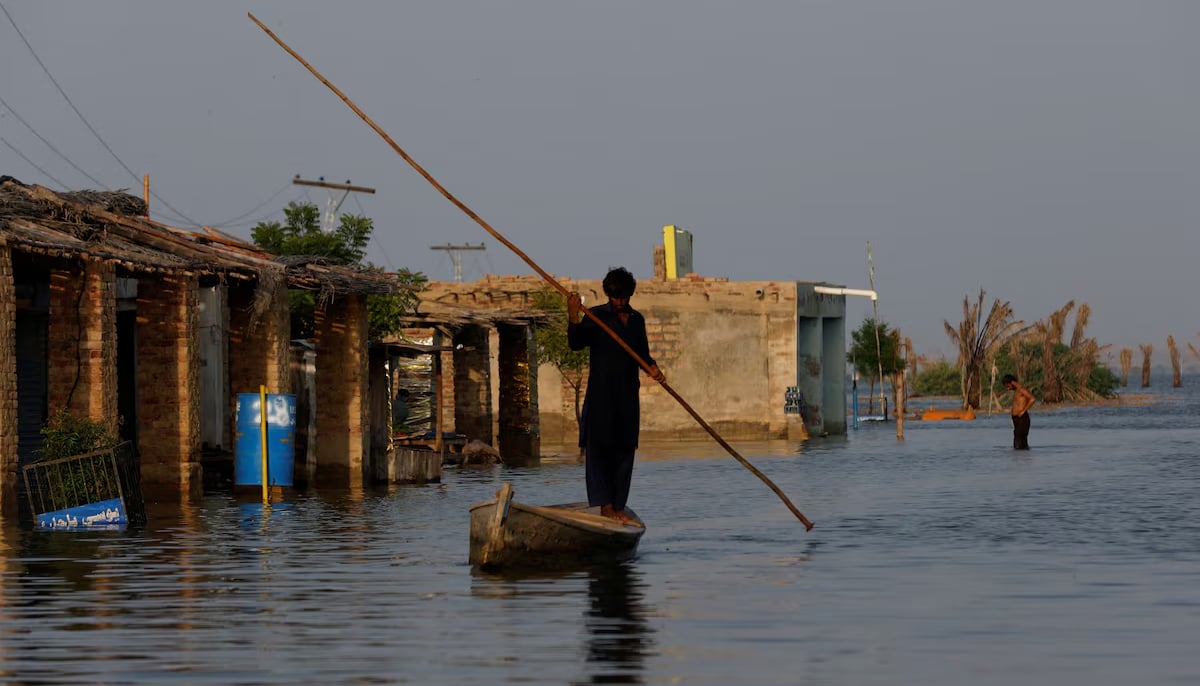
According to him, the apprehension in the developed countries is that the developing countries do not use grants and concessional loans to the advantage of their populations and they are invested or spent only in and around the capital cities or the metropolises and do not reach deserving people in the far-flung areas. And the percentage of grants and concessional loans is very nominal in the global flow of international finance, the PCCC official said.
“Most of the new investments are coming from the private sector, whether you like it or not, billions and billions of dollars people discuss about climate finance are in terms of private investments. That means they look first and foremost at the rate of return of their investments than any other considerations,” he added.
According to the Centre for Strategic and Contemporary Research (CSCR), an Islamabad-based policy institute, approximately 2 million people in Pakistan are projected to become climate migrants by 2050 due to climate-related disasters. Even with emission reductions, around 600,000 people will be displaced due to climate events by 2030.
Climate migration types include permanent, temporary, and seasonal migration. Between 1999 and 2018, as per CSCR, Pakistan experienced 152 extreme weather events, exacerbating governance challenges. Women and children are the most vulnerable groups to climate migration.
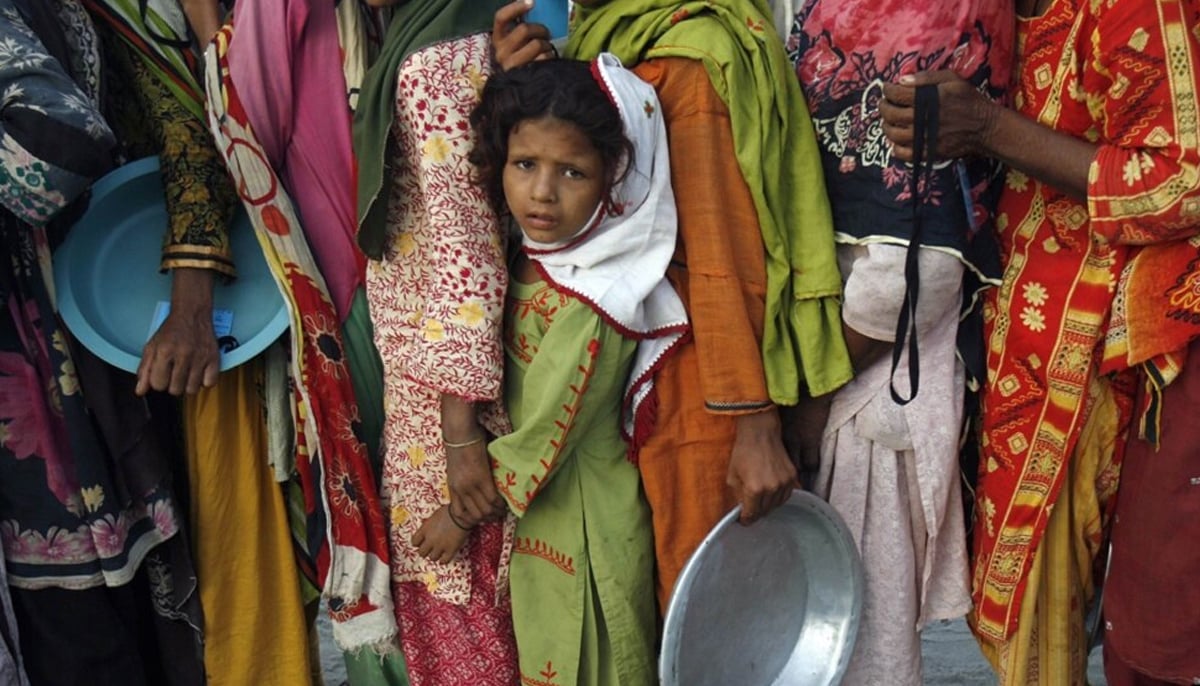
The last decade has seen a surge in climate migrants moving to urban cities due to weather calamities. However, climate-induced migration remains overlooked and understudied in Pakistan.
The report suggests that good governance and management are the first steps towards reducing climate-induced migration.
Adapting to climate issues requires advanced research, political will, investment, and revamping outdated infrastructure and policies in institutions, including agriculture, water, and energy sectors.
Otherwise, more and more farmers like Ahmadni will continue dreaming of a permanent housing solution without obtaining one when they need it most.
Zulfiqar Kunbhar is a Karachi-based, freelance environmental journalist. He posts on X @zulfiqarkunbhar
Header and thumbnail images via UNICEF and AFP



